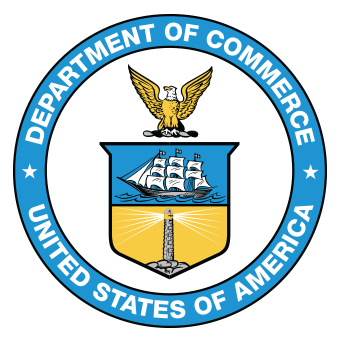THIS IS AN ARCHIVED SITE
This site contains information from Jan 2017-Jan 2021. Visit the current Commerce.gov site.
This site contains information from Jan 2017-Jan 2021. Visit the current Commerce.gov site.

An official website of the United States government
Here’s how you know
Official websites use .gov
A .gov website belongs to an official government organization in the United States.
Secure .gov websites use HTTPS
A lock
()
or https:// means you’ve safely connected to the .gov website. Share sensitive information only on official, secure websites.
